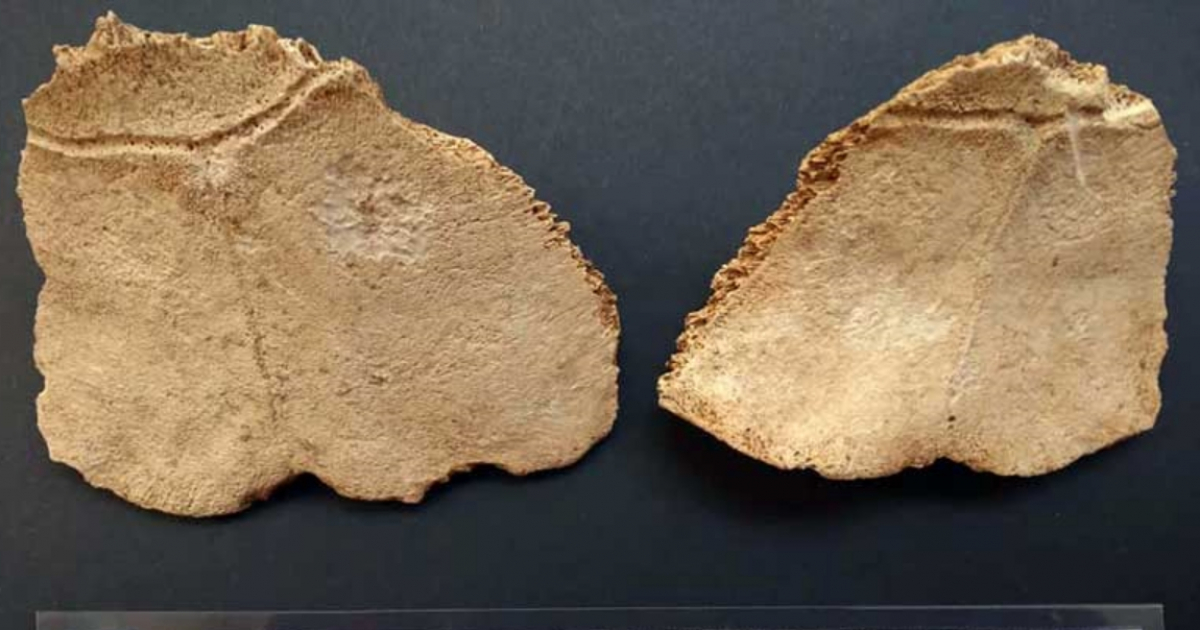
During an expedition carried out by a group of paleontological explorers in the municipality of Gibara, the remains were discoveredfossilsof an amazing land turtle that once had gigantic proportions.
The discovery took place in the "La Campana" cave, located one kilometer from that picturesque coastal city, in a southwest direction, according to the official newspaper.Now!
Researchers Luis Mariano Rodríguez, Frank Cuesta Rodríguez and Orlando Sánchez Tamayo, leaders of the group known as "The Paleontological Explorer", led the excavations that led to the fascinating discovery.
Luis Mariano Rodríguez, who is also a member of the Speleological Society of Cuba, stated that multiple specimens of this turtle were recovered, both from its upper shell (carapacho) and from the lower flat part (peto).
"However, the absence of the marginal cervical plate of the carapace was the distinguishing feature that allowed us to identify this extinct species," he added.
Scientifically known asChelonoides Cubensis Leidy, this species of turtle was endemic to Cuba and ceased to exist many years ago.
The size of these terrestrial chelonians was comparable to that of the turtles of theGalapagos Islandsand, apparently, they shared herbivorous eating habits similar to those of Cuban sloths.
This imposing reptile lived in Cuba during the Pleistocene period, approximately two million years ago. The arrival of the ancestors of this species to Cuba has generated various theories, which include the existence of land bridges, crossings on floating rafts and even swimming crossings between islands.
On some islands, such as the Bahamas, it has been shown that the extinction of these turtles was related to the arrival of the first humans to those places.
This discovery is a valuable contribution to paleontology, since it expands knowledge about the distribution of this species in Cuban territory and enriches our understanding of the paleofauna that inhabited this region of eastern Cuba.
What do you think?
COMMENTFiled in: